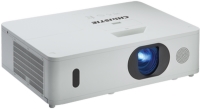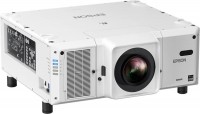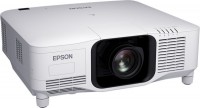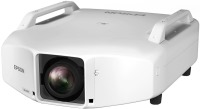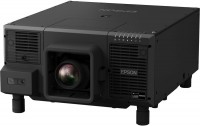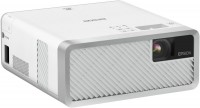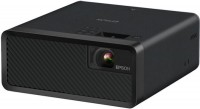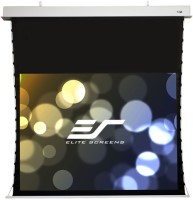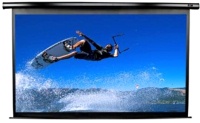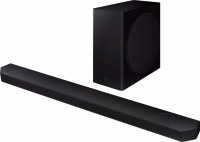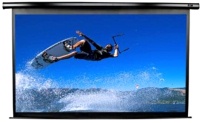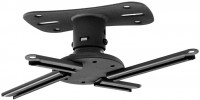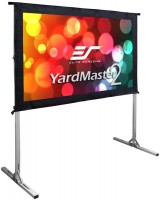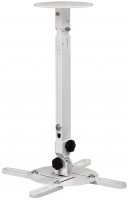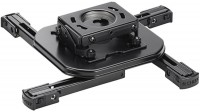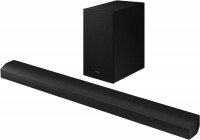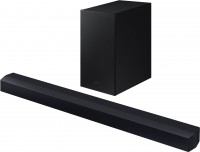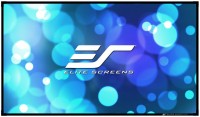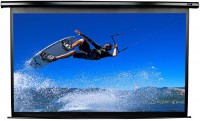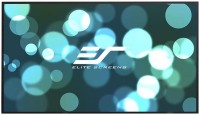Epson EB-Z8000WU
 | Outdated Product $13,500.00 Main function: presentations; No lens; Brightness (lm): 6000; Technology: 3LCD; Size: 0.94"; Resolution (px): 1920x1080; Max. video resolution: 1920x1200; Image format support: 16:9, 16:10, 4:3; Rear; Focus: motorized (remote-controlled); Size (mm): 225х734x534; Weight (kg): 22; |
Epson EB-Z8000WU
Lamp:UHE, 6000 lm, service life 2500 h
Resolution:1920x1080 px
Connection:VGA, DVI
Lens shift and keystone correction depend on the lens installed.
All specifications
Specifications EB-Z8000WU
| |||||||||||||||||||||||||||||||||||||||||||||||||||||
The information in the model description is for reference purposes.
Always clarify the specifications and configuration of the product with the online store manager before purchasing.
Catalog Epson 2025 - new arrivals, bestsellers, and the most relevant models Epson.
Always clarify the specifications and configuration of the product with the online store manager before purchasing.
Catalog Epson 2025 - new arrivals, bestsellers, and the most relevant models Epson.
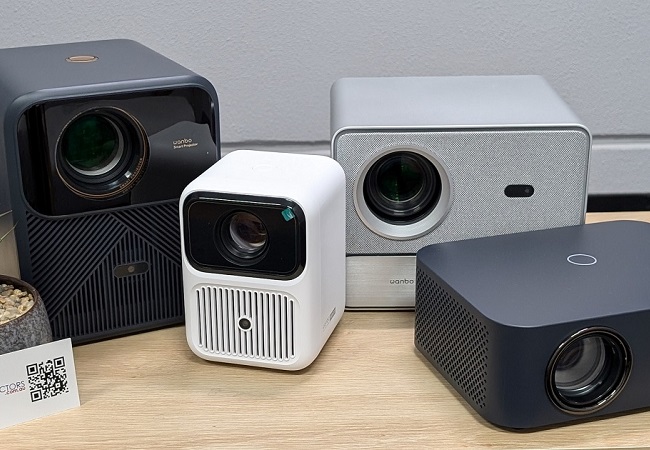
How to choose a projectorType, projection characteristics, type of lamp and matrix, as well as other criteria for choosing a projector

What to choose: a projector or a TV?Let's figure out when it's better to get a projector and when a TV
Additional features projector Epson EB-Z8000WU:
Epson EB-Z8000WU, the world's first 3LCD projector with WUXGA resolution.
Ultra-bright, flexible to install and reliable to use, the projector is designed specifically for large and bright environments such as conference rooms, movie theaters and large auditoriums. An innovative dual-lamp system, 6000 Lumens of Colour Light Output (CLO), and WUXGA resolution provide fantastic brightness, clarity and HD quality in any environment.
Long, reliable operation is a sine qua non for installation models. The inorganic leveling layer of 3LCD panels reliably protects them from burnout. In addition, specifically for the EB-Z8000 series, Epson engineers developed an original cooling system based on triple technology — air, liquid and thermoelectric cooling. This technology allows direct cooling of 3LCD panels and guarantees long, uninterrupted and quiet operation of the projector at temperatures up to 45°C. And the improved optical mechanism is responsible for the longer operation of the projector lamps.
Motorized lens shift, zoom and focus, as well as six optional lenses, provide the highest quality projection — in any conditions.
Changing lenses and filters is so simple that even a user without special training can do it. The service life of the electrostatic filter is up to 10,000 hours.
- Motorized lens shift: horizontal / vertical ± 70 / 20% (not available for a short throw lens)
- Model EB-Z8000WU — Comes with lens
- Model EB-Z8000WUNL — Supplied without lens
Epson EB-Z8000WU, the world's first 3LCD projector with WUXGA resolution.
Ultra-bright, flexible to install and reliable to use, the projector is designed specifically for large and bright environments such as conference rooms, movie theaters and large auditoriums. An innovative dual-lamp system, 6000 Lumens of Colour Light Output (CLO), and WUXGA resolution provide fantastic brightness, clarity and HD quality in any environment.
Long, reliable operation is a sine qua non for installation models. The inorganic leveling layer of 3LCD panels reliably protects them from burnout. In addition, specifically for the EB-Z8000 series, Epson engineers developed an original cooling system based on triple technology — air, liquid and thermoelectric cooling. This technology allows direct cooling of 3LCD panels and guarantees long, uninterrupted and quiet operation of the projector at temperatures up to 45°C. And the improved optical mechanism is responsible for the longer operation of the projector lamps.
Motorized lens shift, zoom and focus, as well as six optional lenses, provide the highest quality projection — in any conditions.
Changing lenses and filters is so simple that even a user without special training can do it. The service life of the electrostatic filter is up to 10,000 hours.



